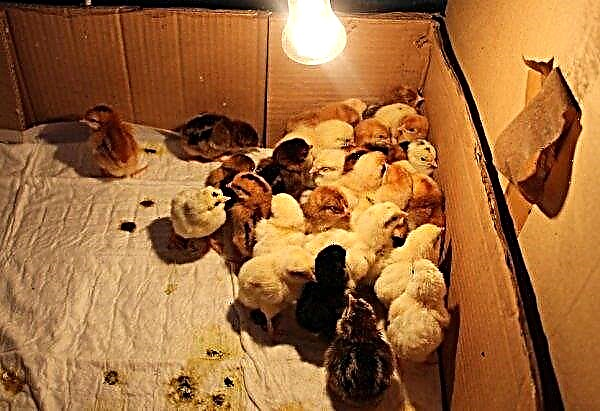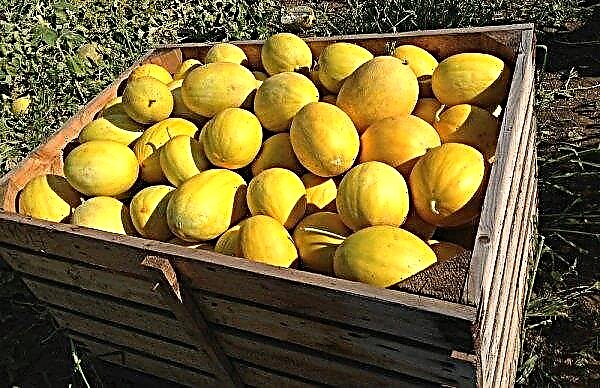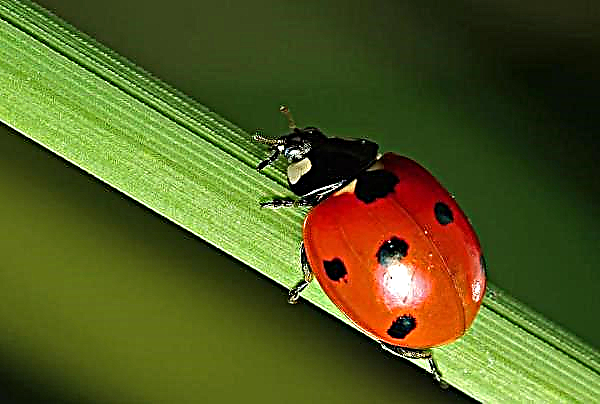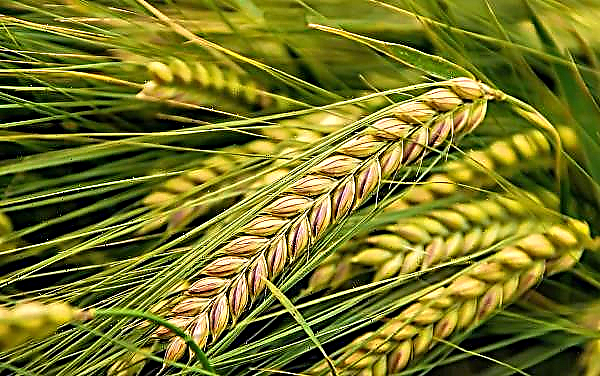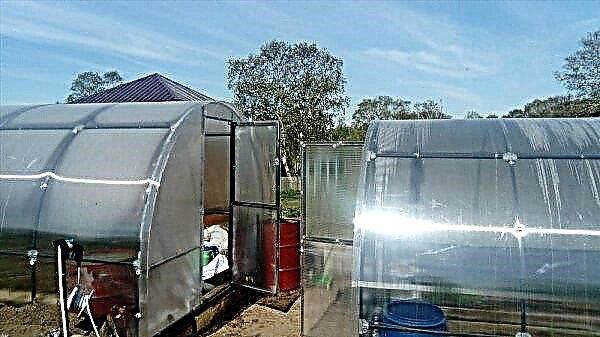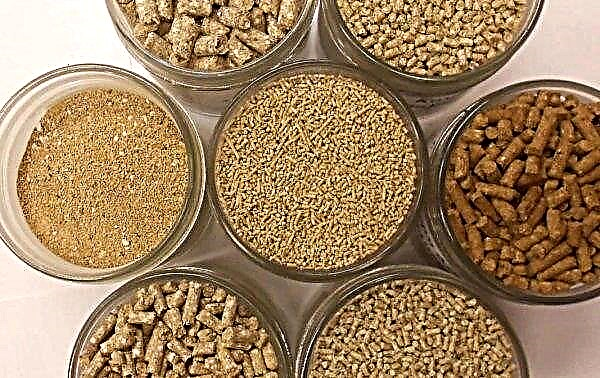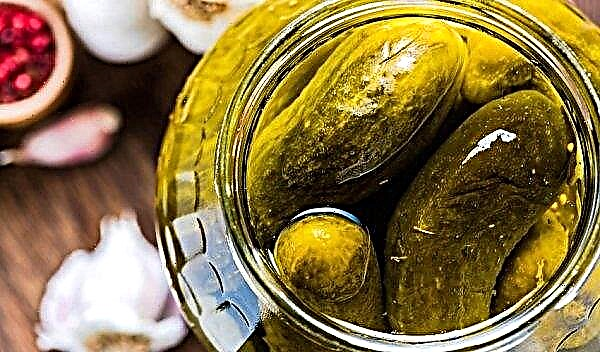Narcissus (lat.Narcissus) is a perennial flowering bulbous plant that has spread from southern Europe, Asia and the Mediterranean. Beautiful, graceful, fragrant daffodils adorn flower beds, garden beds and city streets.
In order for these flowers to please their flowering as long as possible and to remain unchanged garden decoration, it is necessary to figure out how to plant them correctly and when to do it, how often you need to transplant and when the procedure is undesirable.
How often do you need to transplant daffodils
Daffodils grow very fast. Two years after planting, about five flowers can grow from one bulb. Root linear leaves, resembling long ribbons, begin to tangle. Such an overgrowth intensity can adversely affect the further development and flowering of the plant, so it must be separated and planted in a timely manner.

When a transplant of daffodils is required:
- transplantation is necessary for those flowers that grow too closely and interfere with the development and flowering of each other;
- in cases of complete or partial absence of flowering;
- after the end of the flowering period;
- for reproduction;
- for prevention, flowers are also recommended to be planted.
Transplant daffodils every 4-5 years, since the life expectancy of onion flakes does not exceed this period, besides, by this time they have time to grow plentifully. After planting young bulbs, it is not recommended to dig them out and transplant them to a new place over the next three years. This is because the daughter bulb will begin to bloom only after two years and will be ready for propagation after another year.
Important! Damaged bulbs should not be used for propagation and transplantation. If signs of the disease, such as a fungus, are observed — bulbs need to be dug up and removed to avoid infection of healthy neighboring individuals.
When to transplant daffodils to a new place
After a decision has been made about a transplant, you should decide on a period that is optimal for this. It is better to transplant daffodils in late summer - early autumn, since it was at this time that the young roots begin to sprout and develop. In addition, you can not wait until the flowering is over, because daffodils are unpretentious and do not require special care conditions.

If it was not possible to transplant in the summer, you can do it in the fall. But it’s necessary to act quickly, because with the onset of cold weather the landing of daffodils is unacceptable. As a last resort, planting material can be saved until a more appropriate time arrives, but there is a risk of the roots drying out and the bulb dying.
In spring, planting daffodils is undesirable, as it will be difficult to choose the appropriate planting period. It is necessary to plant immediately after the snow has melted, since it takes at least a month to root. The soil needs to be prepared in the fall, and additional fertilizers will have to be added. Daffodils planted in spring will not bloom for two seasons.
Transplant in the fall
September is considered the optimal time for the autumn planting of daffodils, since before the onset of cold weather there is enough time for rooting the bulbs. Before planting, you need to decide on a place suitable for growing daffodils, prepare the soil and planting material. Then you can begin to transplant flowers.
Seat selection
For full growth daffodils need a lot of light, therefore they need to be planted in well-lit places where there is no shadow. If it is not possible to provide the required conditions, you can plant penumbra varieties, undemanding to lighting, in partial shade. Such flowers have a more saturated color and bloom longer.

It should also be borne in mind that daffodils do not tolerate the proximity to groundwater. The surface of the earth must be flat and well drained. If it was not possible to find a suitable place in the garden, the ground can be leveled and drained independently by laying broken shards or bricks at the bottom of the hole.
Important! You should not plant daffodils in light sandy soil, because in the cold season it does not retain heat well, as a result of which the roots can freeze.
If the soil contains heavy clay, it can be facilitated by adding plant humus and peat in equal parts. Daffodils also prefer acidic soils, if necessary, the acidity of the soil can be increased by additional liming. For this, 400 g of lime carbonate per 1 m² must be added to the soil.
Soil preparation
Having decided on the place, the soil must be prepared in advance:
- Loosen and dig to a depth of at least 40 cm.
- Add 20 kg of plant humus per 1 m².
- Two weeks before transplantation, add 50 g of superphosphate and 30 g of potassium salt per 1 m².

Preparing planting material
For transplantation, you need bulbs planted earlier. They need to be dug with garden pitchforks. Gently dig around the area around the flowers and remove along with an earthen lump. This will help prevent damage to the tubers. Dug bulbs need to be cleared of the earth and sorted out.
Damaged, showing signs of disease or traces of insect activity should be burned immediately. Rinse the bulbs suitable for transplantation in warm water and soak in a weak solution of potassium permanganate for 30 minutes.

Then place the planting material in containers and keep in a dark place with good ventilation until dry. Optimum storage temperature + 17 ° C. After drying, the bulbs are ready for planting in the open ground.
Also, the bulbs can be hardened by placing them in the refrigerator for several weeks. Hardening positively affects adaptability to new conditions and contributes to survival. Bulbs cannot be placed in the freezer.
Important! Dig the bulbs carefully and try not to damage the tubers, as this can lead to their disease, decay and death.
Landing pattern
It is recommended to plant in asymmetric groups, but if further cutting is planned, it is more convenient to plant in even rows:
- Prepare a trench for planting bulbs. Remove the topsoil with a depth of at least 10 cm. To flowering earlier and be more plentiful, the depth of planting should be shallower. To slow down development and reduce flowering - the bulb needs to be planted deeper.
- Fill the bottom of the trench with layers of river sand and ash. First pour sand, then ash and finally sand again. The layer thickness should be about 5 cm.
- Put the bulbs at a distance of approximately 15 cm from each other. The larger the planting material, the greater the distance. Spread down the bottom.
- Cover the ground without tamping.

Next, you need to provide the necessary care. Water as the soil dries. In the autumn it rains often and plentifully, therefore it is necessary to cover the place of planting of daffodils with a film to protect it from excessive moisture and stagnation of water in the soil. In late autumn, the surface of the earth needs to be mulched: apply a layer of dry leaves and sawdust. In the spring, remove the mulch.
Transplant in summer
A summer transplant is considered the most suitable, since it gives enough time for rooting and adaptation of a herbaceous plant before the onset of frost. Daffodils planted in summer will begin to bloom the next season, in early June. Daffodils are planted in August. Preparing a summer transplant (site selection, preparing soil and planting material) does not differ from autumn.
Did you know? In Transcarpathia (Ukraine) is an unusual field, completely dotted with blooming daffodils. It is known as the Valley of Daffodils.
Transplantation scheme:
- Having decided on the landing site, having prepared the soil and bulbs, make a deepening in the ground by 12 cm.
- Distribute the bulbs on the bottom of the hole, given that the distance between them should be at least 15 cm. In order to get more children in the development process, you can increase the distance to 20 cm.
- Bulbs should be planted strictly bottom-down, without being pressed into the ground.
- To fill up with the earth. Tamping is not necessary.
- In dry weather you can water.
In the future, it is necessary to care for planted daffodils. Water should be as necessary. In the rainy season, protect the transplant site with film. Closer to winter, apply a layer of mulch (sawdust and leaves in equal parts). In spring, remove the film and mulch.
Video: Features of planting and growing daffodils
How to transplant daffodils after flowering
Toward the end of summer, the flowering process is completed. At this time, daffodils need rest. Outdated roots begin to die, the leaves turn yellow and bend to the ground, the petals on the flower crumble. You can use this period for a transplant.
The main thing is not to delay, otherwise after wilting it will be difficult to find the place where the bulb is and damage it when digging. Also, one should not forget that only plants that have reached the age of four can be transplanted. It should be planted in August-September.
Important! In late autumn, you will need mulch (leaves and sawdust) and a protective coating. In the spring, after warming, cover and mulch can be removed.
Landing pattern:
- Prepare the soil by loosening it, digging and applying fertilizers (superphosphate and potassium salt in the calculation of 50 g and 30 g per 1 m², respectively).
- As soon as the leaves begin to turn yellow, dig out the bulbs.
- Clear from the ground. Do not tear off fallen leaves, you must wait until they fall on their own.
- Enumerate, remove rotten and showing signs of disease.
- Soak for half an hour in a weak solution of potassium permanganate.
- After processing, put into containers and store in a shaded place at a temperature of about + 18 ° C.
- Two weeks later, you can plant in open ground. If you plan to design flower beds, alpine slides, or flower beds - it is recommended to plant daffodils in small groups. For cutting planted in even rows. The distance between the bulbs should be at least 15 cm.
- Dig a trench 10 cm deep. The depth should be equal to the height of three bulbs.
- Pour drainage from coarse river sand onto the bottom.
- Place the bulbs strictly upright.
- Cover the ground and water abundantly.

When daffodils should not be transplanted
Untimely transplantation can significantly damage the flowers. For example, in spring and during the flowering period they cannot be disturbed, since this can adversely affect the development and even lead to the death of the plant. Blooming daffodils are transplanted to another place only in the summer, in August. Also, do not dig bulbs in early summer.
Summer transplantation is permissible only in August, during the laying of roots. Haste can lead to the fact that the roots of the flower do not have time to achieve the necessary development before the onset of cold weather. Particularly dangerous is a transplant in late autumn.
Did you know? Images of daffodils were discovered on the walls of the ancient city of Pompeii, buried under the ashes as a result of the eruption of Vesuvius in 79 BC.
Young roots will begin to be laid in the period of frost, which can stop their development. If the winter is long, the bulb will die at all. It goes without saying that the winter period is absolutely not suitable for planting plants.
The flowering of daffodils occurs in late spring - early summer. The division occurs by seeds, and they can also be divided by daughter bulbs. Flowers grow quickly and require transplanting every 4-5 years. The transplant is carried out in August or early September. Compliance with the rules of planting and regular care will ensure abundant flowering and long-term growth of your favorite flowers.

